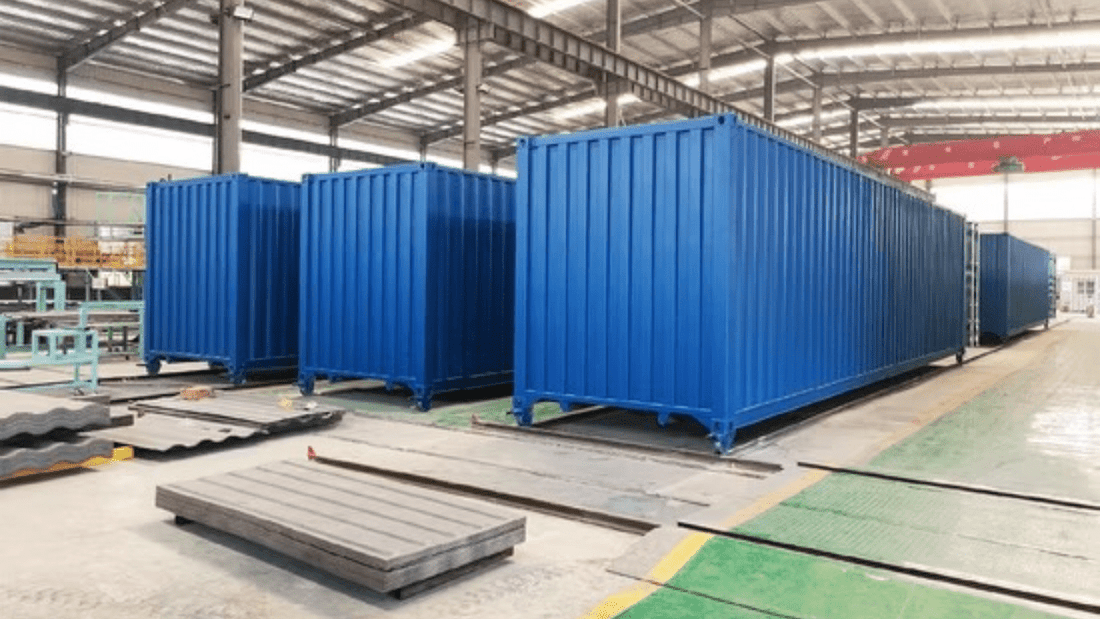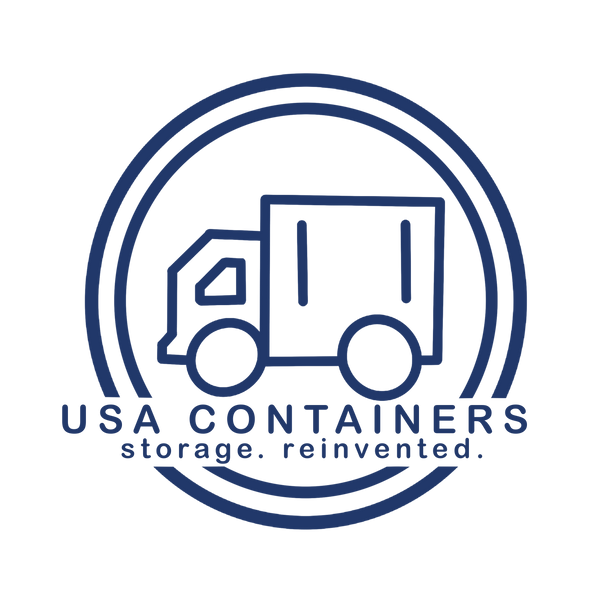
How Are Shipping Containers Manufactured?
Share
Let’s take a behind-the-scenes look at how shipping containers are constructed — from raw materials to fully welded, weatherproof units ready for your storage needs.
It All Starts With a Sheet of Steel
The backbone of any shipping container is corten steel, also known as weathering steel. This material is specially formulated to resist corrosion.
Large steel sheets are first unrolled and flattened in the factory. These sheets are then cut to size based on the type of container being built. Once cut, they’re fed into massive press machines that bend and rib the panels. These ridges aren’t just for show — they provide extra strength and prevent warping.
Welding the Skeleton
With the side panels formed, construction moves to the container’s framework. This involves creating the floor frame, corner posts, and roof rails. The floor beams are typically made of heavy-duty I-beams or C-channels. Workers then weld the side panels, roof, and wall panels onto this steel skeleton.
The welding process is fully automated in most modern shipping container factories. Robotic arms make quick work of creating airtight seals and solid joints. Quality control is strict, with regular testing to ensure each weld meets international ISO standards. Any crack or imperfection could lead to water damage or structural failure, so precision is everything.
The Floor: Tougher Than It Looks
Shipping container floors take a beating — forklifts, pallets, and thousands of pounds of goods roll across them daily. That’s why the floors are designed to be both strong and easy to maintain.
Most containers use marine-grade plywood for the flooring, usually made from tropical hardwoods like bamboo or keruing. The plywood is fitted into the steel base and bolted down securely.
Shipping Container Doors
Each door is constructed from corrugated steel and fitted with locking rods, gaskets, and cam keepers. The locking mechanism is made from galvanized steel, and precision engineering ensures that the container can be opened and closed even in freezing or extreme heat conditions. Rubber gaskets line the edges to make sure everything inside stays dry, no matter what’s going on outside.
Painting and Protective Coating
Once the shipping container has been fully welded and assembled, it’s time for finishing touches. First, every container is sandblasted to remove any surface impurities. This ensures that paint will stick evenly and prevent rust from forming beneath the surface.
The next step is priming and painting, using industrial-grade coatings designed to resist corrosion, UV rays, and chemical exposure.
Final Touches and Inspection
Before a shipping container can leave the factory, it undergoes rigorous quality checks. This includes water-tightness tests, where the container is sprayed or submerged to ensure there are no leaks. Dimensions are double-checked, and doors are opened and closed repeatedly to test for proper alignment.
If a container is being made for a specific use — like a refrigerated unit (reefer) or modified into a tiny home or mobile office — this is the stage when extras like insulation, electrical wiring, or interior fittings are installed.
Once all inspections are complete, the containers are stacked, labeled, and shipped to ports around the world. From there, they might head to China’s Pearl River Delta, the Port of Los Angeles, or a construction site in the Midwest.
What started as a few steel sheets in a factory is now ready to carry tens of thousands of pounds across oceans and continents. The entire process, from raw materials to finished product, can take just a few days thanks to modern automation and streamlined manufacturing.
Understanding how shipping containers are built isn’t just for engineers or logistics pros. Whether you’re a business owner thinking of using containers for storage, a designer dreaming up your next shipping container home, or are are just curious about supply chains, knowing what goes into these steel boxes gives you a greater appreciation for their strength, versatility, and reliability.
Fill out the form below for a free shipping container quote from USA Containers:
